Mountain Review: Magic Mountain
MOUNTAIN SCORE
CATEGORY BREAKDOWN
See our criteria5
Snow:
3
Resiliency:
2
Size:
4
Terrain Diversity:
6
Challenge:
3
Lifts:
8
Crowd Flow:
4
Facilities:
7
Navigation:
4
Mountain Aesthetic:
GOOD TO KNOW
1-Day Ticket: $89-$99
Pass Affiliation: Indy Pass
On-site Lodging: Yes
Aprés-ski: Moderate
Nearest Cities: Boston (3.5 hrs), New York (4.5 hrs)
Recommended Ability Level:
+ Pros
Diverse slopes for the size
Demanding terrain for southern Vermont
Low on-piste skier density
Value
– Cons
Limited snowmaking across all levels of trails, leading to widespread thin cover
Modest footprint
Utilitarian, run-down vibe
Slow lifts
Closed on most off-peak weekdays
MOUNTAIN STATS
Lifts: 3
Trails: 39
Beginner: 24%
Intermediate: 32%
Advanced/Expert: 44%
RECENT ARTICLES
Mountain Review
Looking for an authentic local Vermont ski mountain experience but don’t want to drive all the way to the northern half of the state? Look no further than Magic Mountain, the rare southern Vermont ski area that offers relatively convenient drivability from major metropolitan regions but still lacks the commercialized vibe that’s come to behoove many competitors.
Magic offers some standout traits versus nearby ski resorts, but in maintaining a small, independent setup, the resort retains some substantial drawbacks that those booking a trip there should be aware of.
Size and Terrain Layout
With a 205-acre footprint and 1,500-foot vertical drop, Magic Mountain spans a fraction of the size of most better-known competitors. That said, the resort’s terrain is anything but vanilla, with a range of well-designed, diversified trails that make the most of the resort’s small size. The resort can really be broken into two sections: the East Side, which is more mellow, and the West Side, which mainly comprises harder terrain. All of Magic’s terrain is accessible through base-to-summit lift service.
Magic Mountain is smaller than many competitors, with a 1,500-foot vertical drop and 205 skiable acres.
Beginner Terrain
The vast majority of Magic’s beginner terrain exists on the East Side of the resort. Novice guests can access upper mountain areas, but there’s really only one beginner route down from the summit; once guests get down to the top of the Green chair, options become more widespread. Magic also hosts a small bunny hill near the resort base with two magic carpets.
Most of Magic’s beginner and intermediate terrain exists on the more mellow East Side of the resort.
Intermediate Terrain
Magic’s intermediate terrain becomes a bit more interesting, spanning about a third of the resort. Unlike cruisers at most competing mountains, Magic’s blues tend to be more windy and narrow, making for a distinctive character on each run. Trails of this difficulty typically remain groomed, although the resort will occasionally leave some runs of this level ungroomed.
TRAIL MAP
Advanced and Expert Terrain
Magic offers some of the most difficult advanced and expert terrain in southern Vermont. It’s not quite up there with some of the state’s more northern offerings, but the resort’s perennial thin-cover, ungroomed conditions on its toughest offerings make for trying slopes.
Magic only has a handful of single-black advanced slopes, so guests will need to progress quickly to tackle the expert-level double-blacks, which span a significant portion of the resort’s upper-mountain main face. In addition to steep pitches, guests will find obstacles such as rocks, stumps, ice, and thin cover across all of Magic’s double-black runs.
Magic boasts some of the best steep, narrow, and gladed terrain in southern Vermont.
Tree Terrain
When conditions are good, Magic’s footprint especially stands out for its glades. Even though it’s smaller than competitors, the resort offers some of the most extensive skiable tree terrain in southern Vermont, with options of varying widths spanning upper-mountain areas. Tree runs lean heavily expert, but a few short intermediate options exist across the footprint as well.
Magic’s toughest slopes include obstacles such as rocks, grass, and even exposed snowmaking pipes.
Resiliency and Snowmaking
But when conditions are bad, Magic may not be the best southern Vermont ski resort to visit. The resort has greatly improved its snowmaking in recent years, but the system still only offers 50% trail coverage, meaning that large parts of the mountain are subject to thin cover and closure when it hasn’t snowed recently. Even the beginner runs see variable conditions at times, which may be surprising to those who have visited other Vermont mountains. Anyone who’s regularly been to Magic will be quite familiar with rocks, grass, and even exposed snowmaking pipes if there isn’t enough of a base.
On the plus side, Magic is reasonably wind protected, so the resort rarely sees scoured slopes in that situation. Additionally, Magic is more liberal with its terrain openings than many competitors, so guests who are willing to ski or ride obstacle-laden trails that would be closed at other resorts can do so here.
RECOMMENDED SKIS FOR MAGIC MOUNTAIN
NOTE: We may receive a small affiliate commission if you click on the below links. All products listed below are unisex.
Recommended all-mountain ski
Recommended carving ski
Recommended glade ski
Recommended expert/touring ski
Lifts
It’s worth noting that lift service has been a high profile subject for Magic in the past few years—and perhaps within just the general recent past. The resort has two base-to-summit lifts onsite: the Red double chair and the newly-installed Black Line quad chair, which replaces a lift that was decommissioned in 2018 and triples capacity to the top of Magic. Magic has one other chairlift, the Green chair, which goes to the East Side mid-mountain and primarily caters to beginners. Those familiar with the saga of the Green chair will know that this lift took 15 years to install after it arrived onsite, meaning that the four-plus year installation cycle for the Black Line chair was done in a jiffy compared to that one.
Magic Mountain’s Black Line Quad has been under construction since 2019.
Crowds
Magic rarely sees the same crowds as its southern Vermont neighbors. While guests may find themselves waiting in some level of lines, they’ll never be horribly long—especially given the added capacity from the Black Line chairlift installation. During the off-peak days that Magic happens to be operating, guests can pretty much ski onto the lift at any time.
Operating Schedule
Speaking of operating, it’s important to note that due to its comparably low demand, Magic does not open seven days a week like most other well-known Vermont ski resorts. The mountain typically operates Thursday through Sunday—and opens up occasionally on other weekdays for major holidays or powder days—but prospective guests should not plan to take a weeklong vacation here during off-peak times.
Magic feels more run-down and utilitarian than competitors.
Mountain Aesthetic
Magic gives off much more of a utilitarian than ritzy feel, and much of its on-mountain infrastructure feels dated. But the lack of buildup contributes to a local feel that’s missing from heavily commercialized nearby competitors. Magic may not be the most prominent mountain, but upper-mountain areas boast picturesque views of rolling nearby peaks, especially from trails on the East Side.
RECOMMENDED SNOWBOARDS FOR MAGIC MOUNTAIN
NOTE: We may receive a small affiliate commission if you click on the below links. All products listed below are unisex.
Recommended intermediate board
Recommended advanced board
Recommended expert board
Recommended touring board
Ease of Navigation
One common appeal of smaller ski resorts is the ease of getting around, and generally, Magic fits the bill. Signs are on the smaller side and can be a bit easy to miss, but they generally get the job done, and guests likely won’t find themselves on trails that are above their ability level. Our one gripe is that the top of Upper Wizard, which provides the main access to essentially all West Side trails, is somewhat flat and requires a few brief sections of catwalking.
Getting to Magic’s upper-mountain West Side trails involves some brief flat sections.
Getting There
Magic Mountain’s southern Vermont location makes it an easier drive from major Northeast cities than the state’s more northern competitors. With no serious traffic, the resort sits about three-and-a-half hours from Boston, and just over four hours from New York. There are no public transportation options to Magic, so guests will need a car to get there.
Magic sits about three-and-a-half hours from Boston and four hours from New York.
Lodging
Magic offers a handful of on-site lodging options, including hotels and condos. Most of these are either true ski-in/ski-out accommodations or a short walk from the lifts. None of these places are particularly fancy, but they offer slopeside access at better rates than most competing mountains. Several hotels, inns, and condos are a short drive away in Londonderry and Manchester, but they’re not that much cheaper than the options on-site.
Magic boasts multiple ski-in/ski-out condo options onsite.
Aprés-ski
Magic rarely gets that busy, and it’s not exactly a go-to mountain for a ski town atmosphere. But if you want a great vibe after the slopes close, the Black Line Tavern won’t let you down. The joint hosts a number of events throughout the winter, and it does a much better job of booking bands than other resorts in the vicinity, and they tend to highlight lots of local musicians. Many visitors to Bromley, Stratton, and Mount Snow will
Visitors will want to head to the Black Line Tavern to check out Magic’s limited aprés scene.
Verdict
So Magic is not going to do it for those who want big-mountain skiing, modern infrastructure, or an upscale atmosphere. But there’s a reason why this place still hasn’t gone out of business after all these years, and its combination of low commercialization, demanding expert terrain, and relatively convenient access have earned it somewhat of a cult following over the years. Magic probably doesn’t make sense for the vast majority of destination travelers, but if you’re indifferent to fast or high-capacity lifts, don’t want to make the trek all the way to central or northern Vermont, and want to save a bit of money on your next trip, it’s not a bad way to go.
Pricing
Lift tickets are expected to go for about $89 to $99 for the 2023-24 season. This isn’t cheap, but it’s a better value than many nearby competitors. Magic Mountain is also a partner on the Indy Pass, which provides two days of access to the resort.









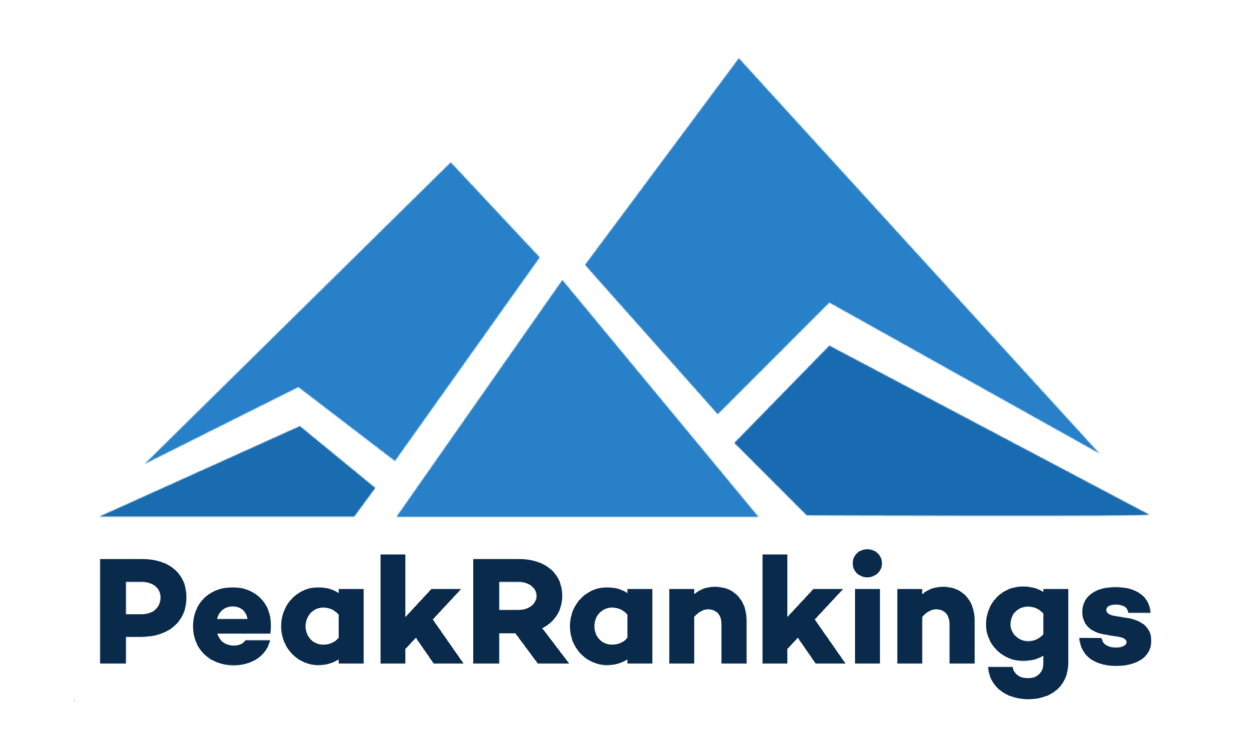
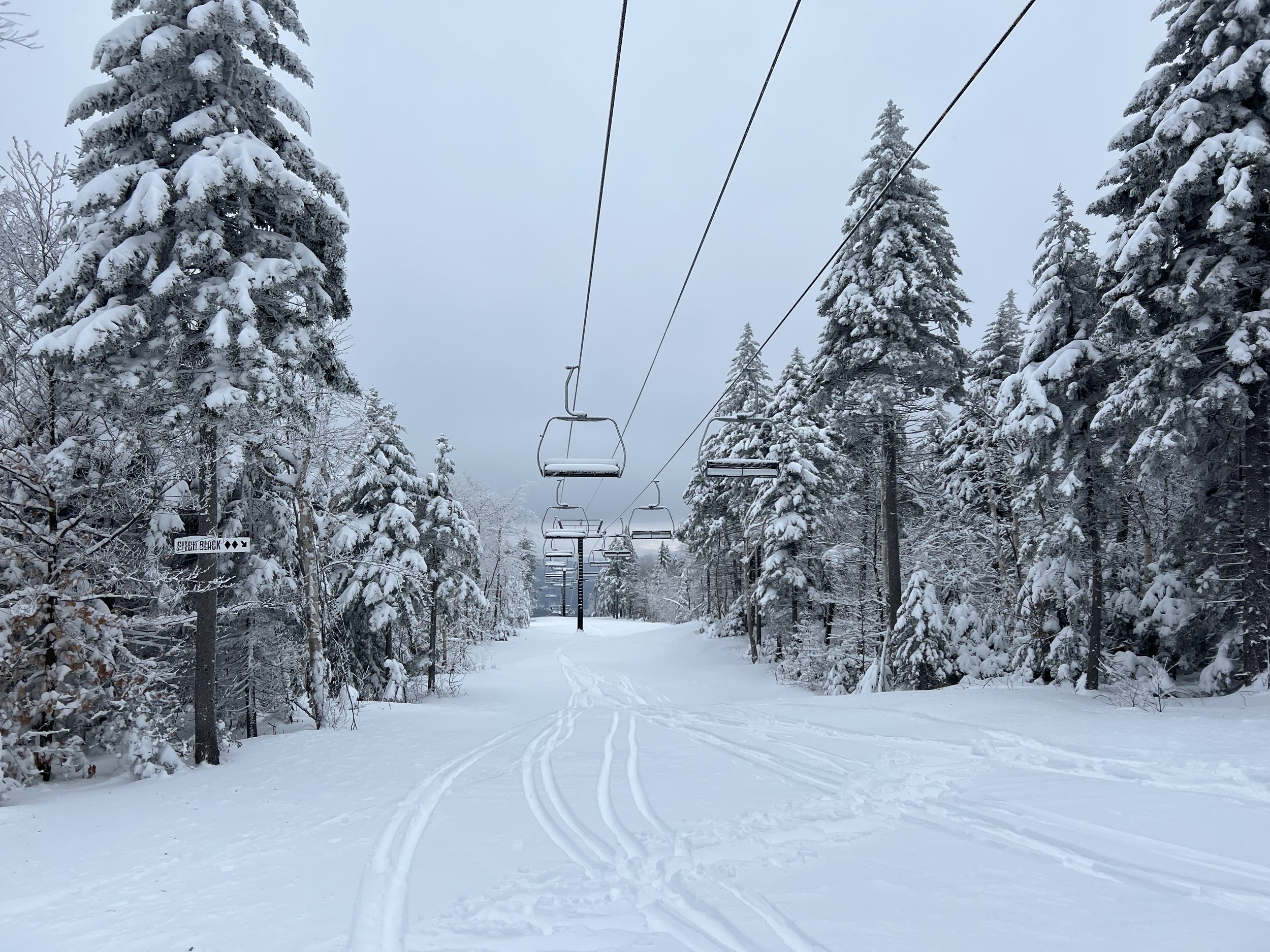

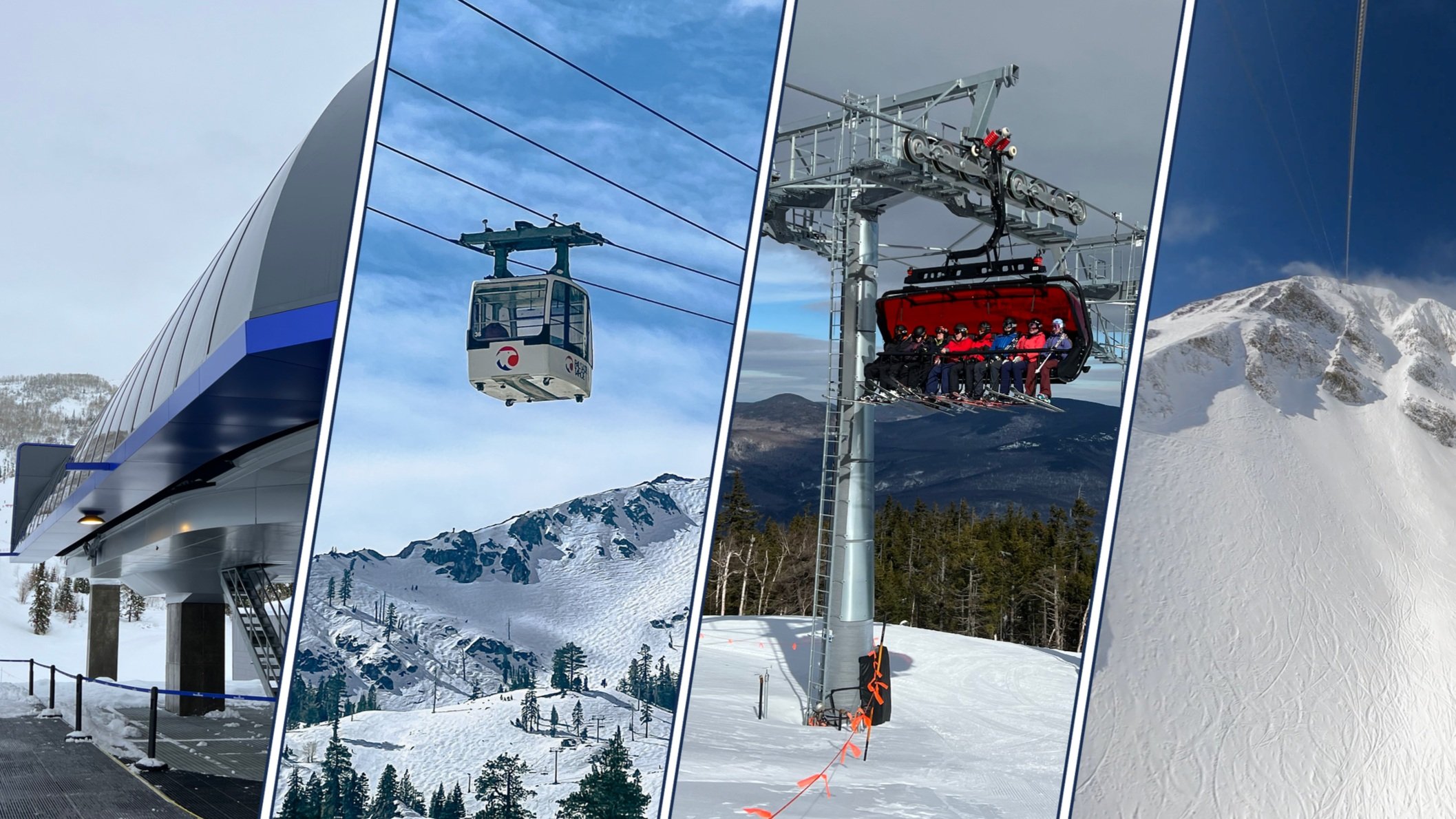
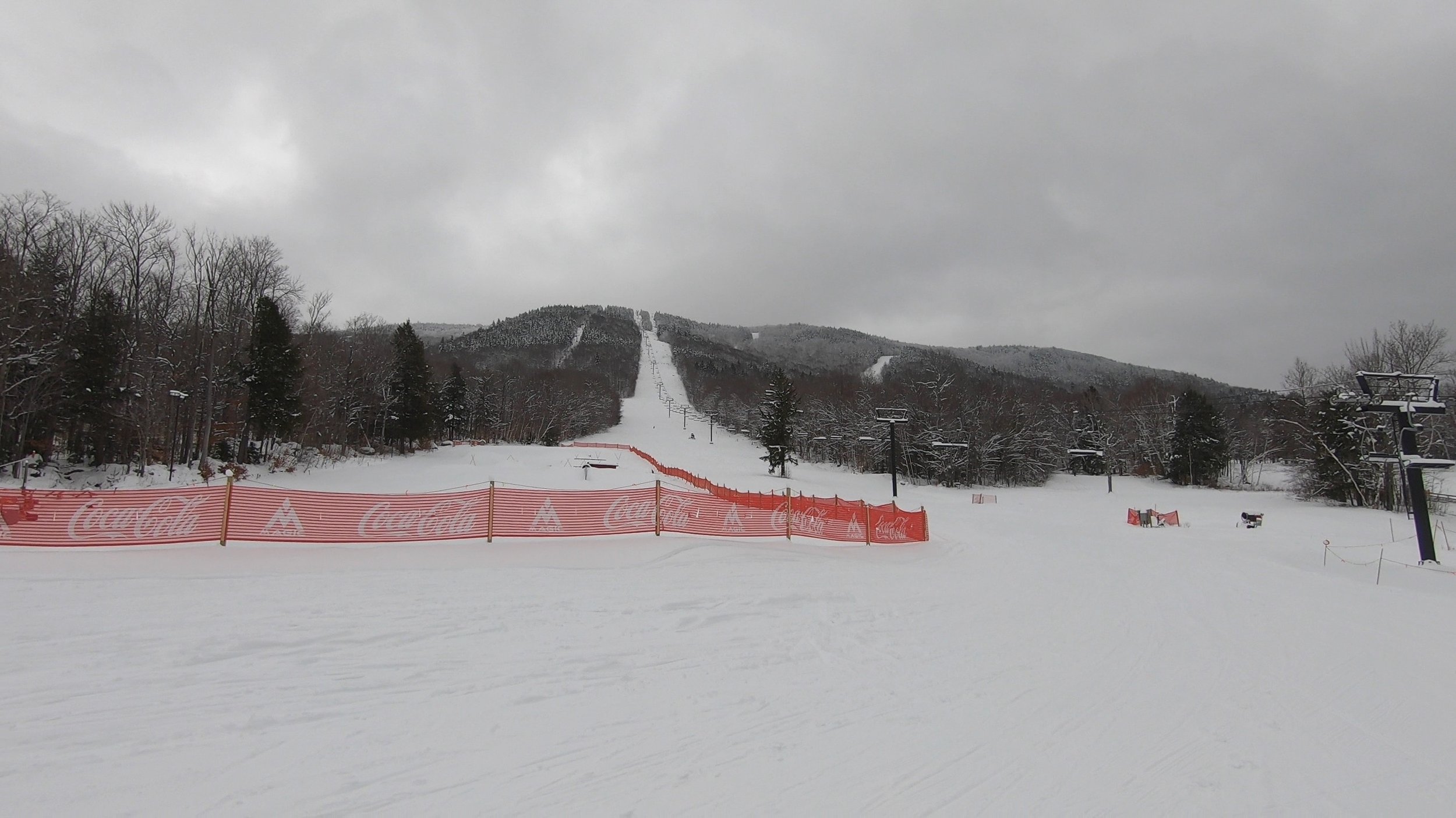
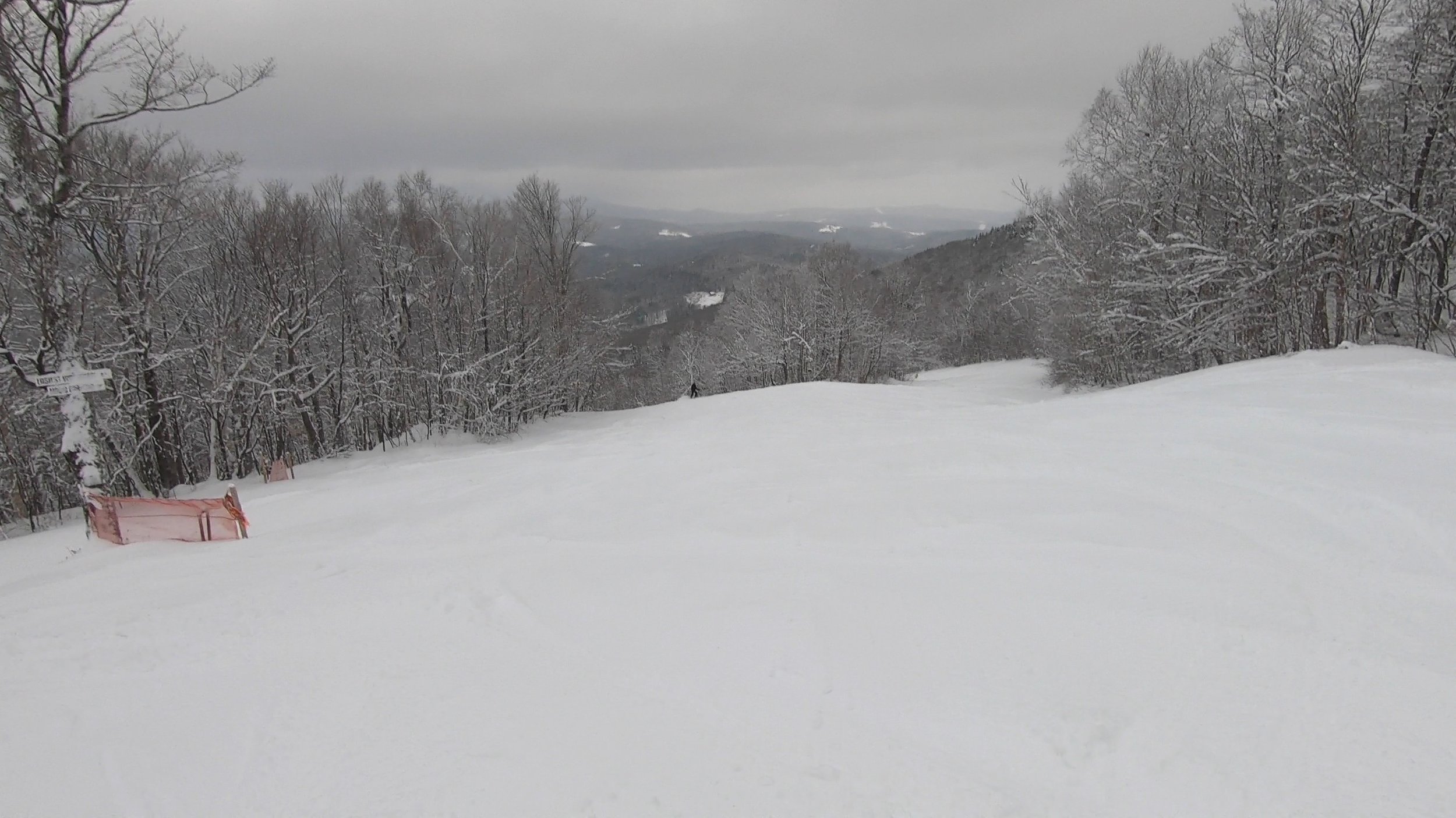

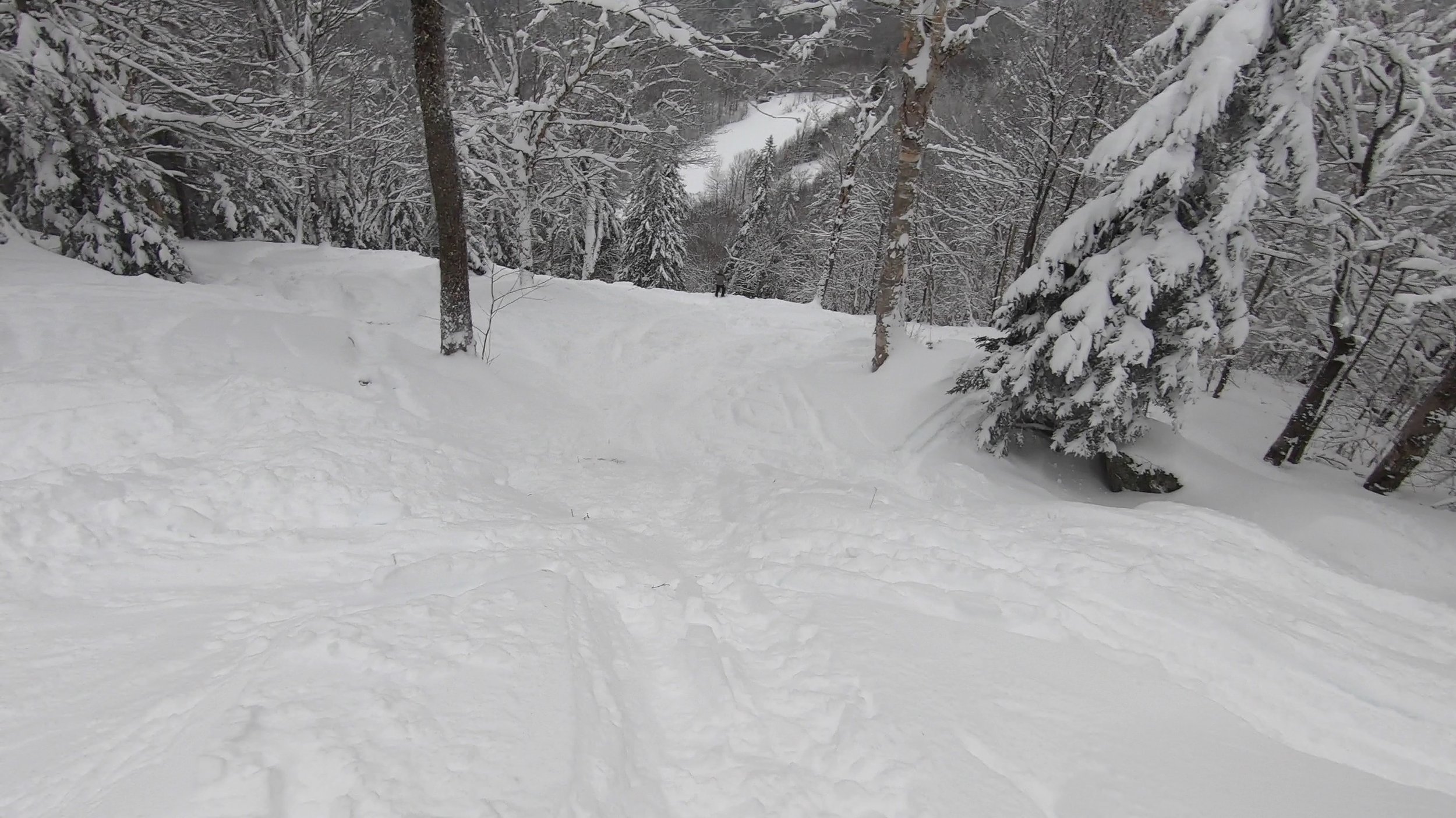













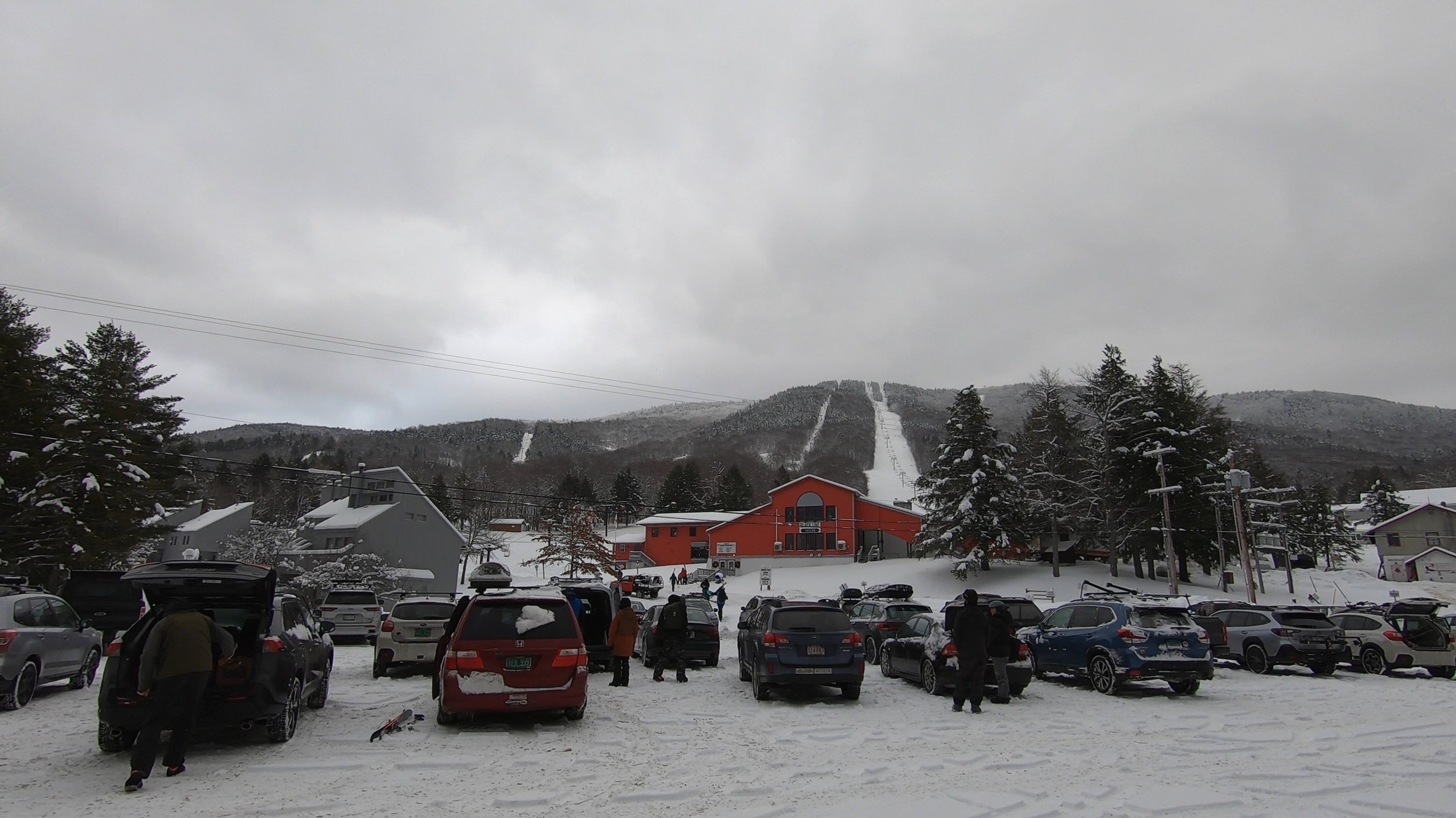


We rank the major 2023-24 North American ski resort upgrades in order of their overall effectiveness, and we highlight the strengths and weaknesses of each initiative.